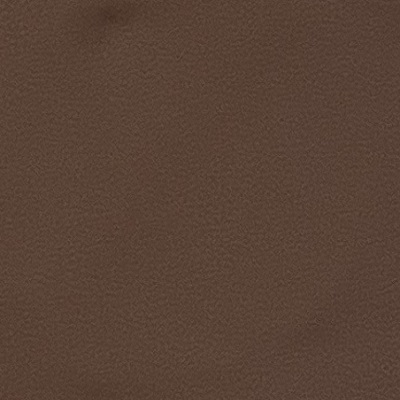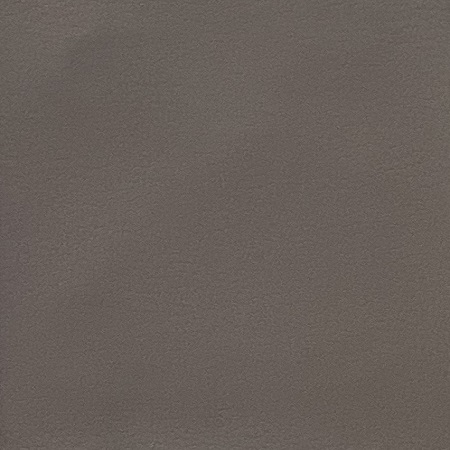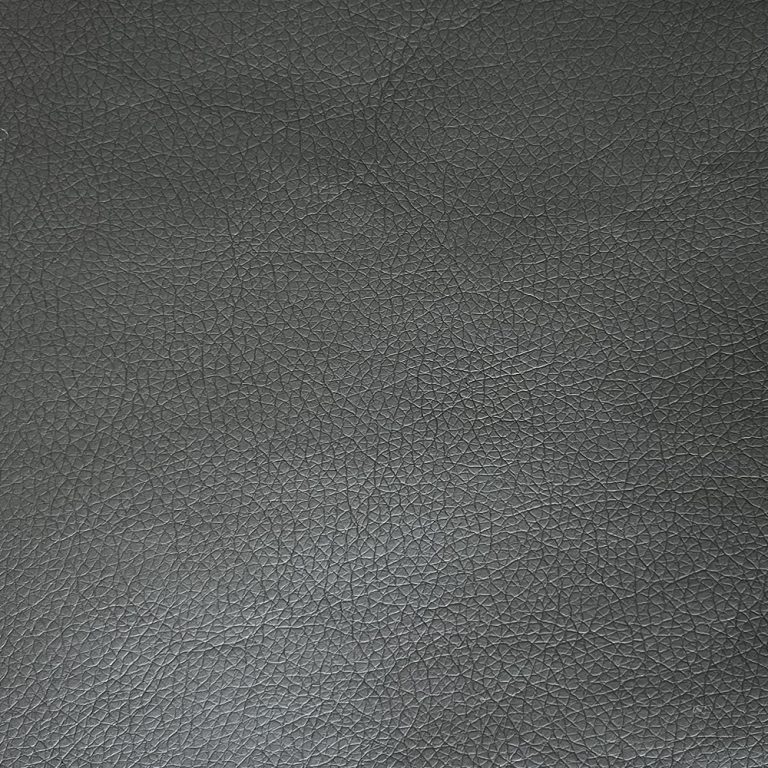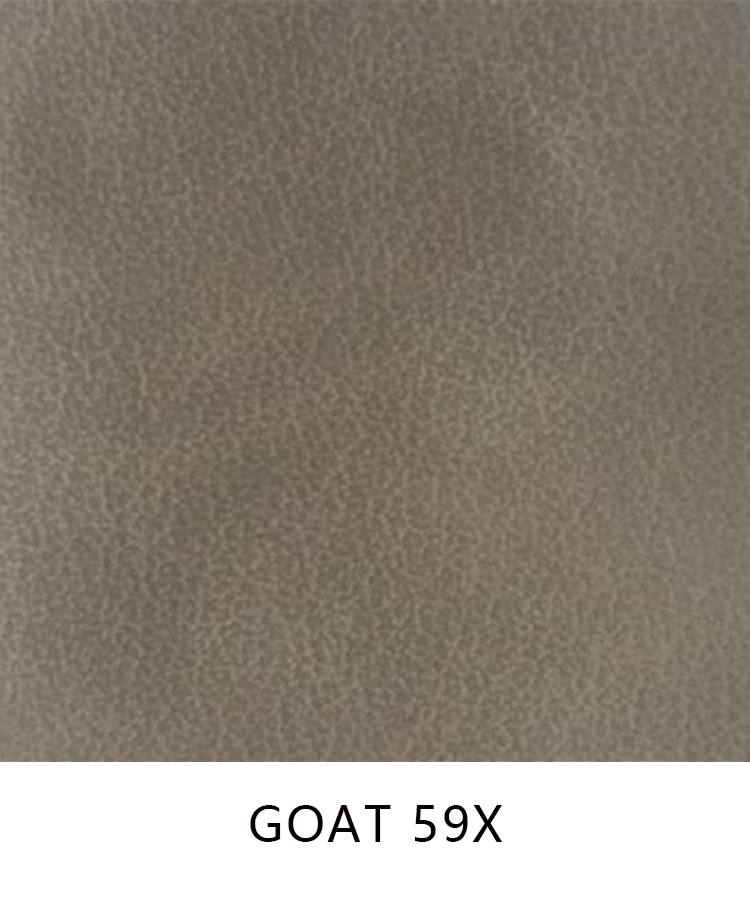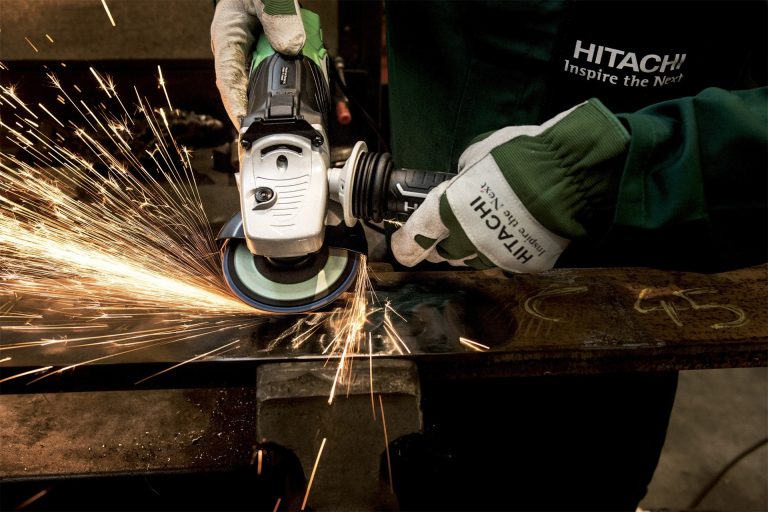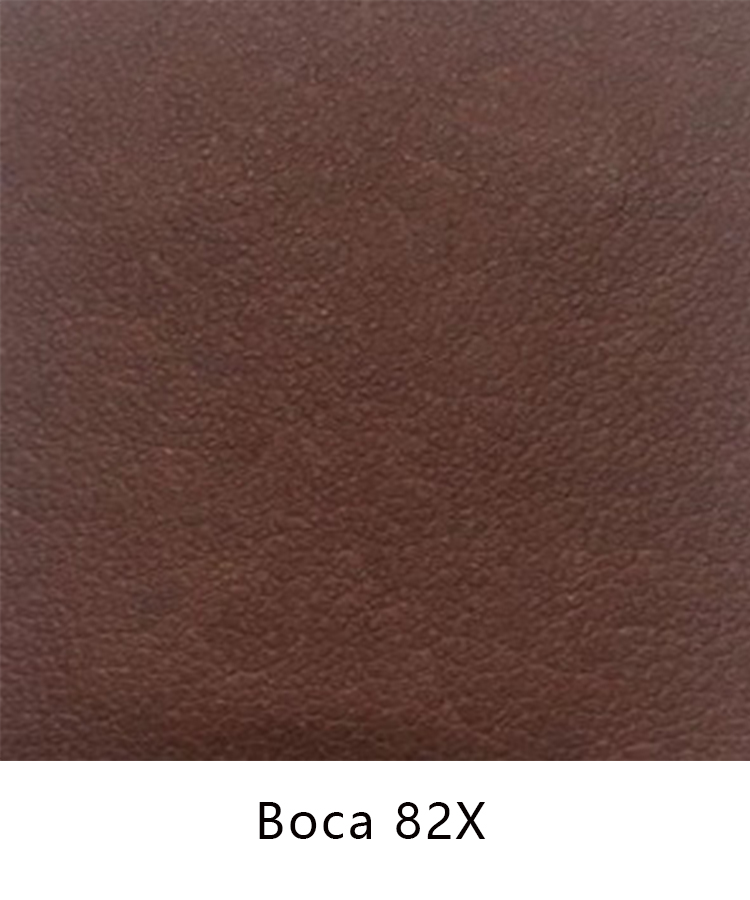Table of Contents
إيجابيات وسلبيات الجزء العلوي من الحذاء المصنوع من جلد البولي يوريثان: دليل شامل
فرز

| اسم المقالة | س |
| الجزء العلوي من الحذاء | في الختام، يوفر الجزء العلوي من جلد البولي يوريثان بديلاً فعالاً من حيث التكلفة ومتعدد الاستخدامات ومتينًا للجلد الأصلي لإنتاج الأحذية. إن قدرتها على تحمل التكاليف وتعدد الاستخدامات تجعلها خيارًا شائعًا بين المستهلكين والمصممين على حدٍ سواء. ومع ذلك، فإن تأثيره البيئي، وقلة التهوية، والدونية الملحوظة للجلد الأصلي هي عوامل يجب أخذها في الاعتبار عند اتخاذ قرار الشراء. في النهاية، ما إذا كان جلد PU هو الخيار الصحيح بالنسبة لك يعتمد على أولوياتك وتفضيلاتك كمستهلك. |
تطور جلد PU العلوي للأحذية: الاتجاهات والابتكارات والاستدامة
علاوة على ذلك، يتيح تنوع جلد البولي يوريثان حرية تصميم أكبر، مما يتيح للمصممين إنشاء أنماط أحذية فريدة وجذابة بصريًا. سواء كان ذلك حذاء رسمي أنيق، أو أحذية خارجية متينة، أو أحذية رياضية غير رسمية، يمكن تصميم جلد البولي يوريثان لتلبية المتطلبات الجمالية والأداء المحددة لتصميمات الأحذية المختلفة.
بالإضافة إلى فوائده الجمالية والوظيفية، يوفر جلد البولي يوريثان أيضًا مزايا عملية المصنعين والمستهلكين على حد سواء. تسهل طبيعته الاصطناعية إنتاجه بكميات كبيرة وتسمح بمراقبة الجودة بشكل أكثر اتساقًا مقارنة بالجلد الأصلي. وهذا يعني أن الشركات المصنعة يمكنها تلبية الطلب بكفاءة دون المساس بجودة المنتج.
علاوة على ذلك، عادةً ما يكون جلد البولي يوريثان ميسور التكلفة أكثر من الجلد الطبيعي، مما يجعله في متناول نطاق أوسع من المستهلكين. تسمح إمكانية الوصول هذه باختراق أكبر للسوق وتمكن المستهلكين من الاستمتاع بفوائد الأحذية عالية الجودة دون إنفاق أموال كثيرة.
في الختام، يعكس تطور الجزء العلوي من جلد البولي يوريثان الطبيعة الديناميكية لصناعة الأحذية، حيث الاتجاهات والابتكارات، واعتبارات الاستدامة هي التي تدفع تطوير المنتجات. منذ بداياته المتواضعة كبديل فعال من حيث التكلفة للجلد الأصلي، تطور جلد البولي يوريثان إلى مادة متعددة الاستخدامات ومتينة ومستدامة تعيد تشكيل الطريقة التي نفكر بها في الأحذية. مع استمرار تطور تفضيلات المستهلكين، من المرجح أن يظل جلد البولي يوريثان عنصرًا أساسيًا في صناعة الأحذية، حيث يقدم مزيجًا مقنعًا من الأداء والجمال والاستدامة.
The Evolution of Shoe Upper PU Leather: Trends, Innovations, and Sustainability
Shoe upper PU leather, also known as polyurethane leather, has undergone significant evolution in recent years. This synthetic material, initially developed as a cost-effective alternative to genuine leather, has now become a prominent choice for footwear manufacturers due to its versatility, durability, and sustainability features.
In the past, PU leather was primarily used in low-cost shoes, where its affordability outweighed its limitations in quality and performance. However, advancements in manufacturing processes and technology have led to the development of high-quality PU leather that closely mimics the look and feel of genuine leather.
One of the key trends driving the evolution of shoe upper PU leather is the growing demand for sustainable materials in the fashion industry. As consumers become more environmentally conscious, there is a greater emphasis on using materials that minimize environmental impact. PU leather, being a synthetic material, requires fewer natural resources to produce compared to genuine leather, making it a more sustainable choice.
Furthermore, innovations in PU leather production have led to the creation of eco-friendly variants that utilize recycled materials and non-toxic chemicals in their manufacturing process. These advancements not only reduce the environmental footprint of PU leather production but also address concerns about the use of harmful chemicals in traditional manufacturing methods.
Another significant trend in the evolution of shoe upper PU leather is the focus on performance and functionality. Manufacturers are constantly striving to improve the durability, flexibility, and breathability of PU leather to meet the diverse needs of consumers. Through innovative design techniques and material engineering, PU leather can now offer enhanced water resistance, abrasion resistance, and breathability, making it suitable for a wide range of footwear applications.
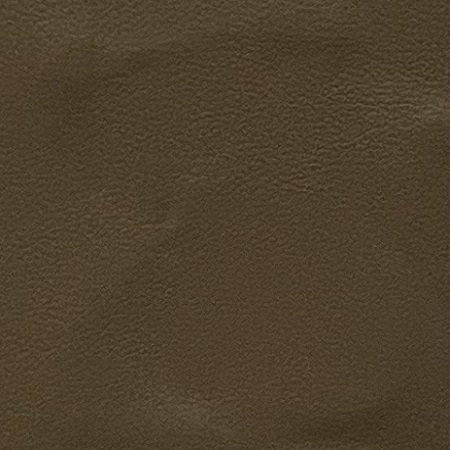
Moreover, the versatility of PU leather allows for greater design freedom, enabling designers to create unique and visually appealing footwear styles. Whether it’s sleek dress shoes, rugged outdoor boots, or casual sneakers, PU leather can be tailored to meet the specific aesthetic and performance requirements of different shoe designs.
In addition to its aesthetic and functional benefits, PU leather also offers practical advantages for manufacturers and consumers alike. Its synthetic nature makes it easier to produce in large quantities and allows for more consistent quality control compared to genuine leather. This means that manufacturers can efficiently meet demand without compromising on product quality.
Furthermore, PU leather is typically more affordable than genuine leather, making it accessible to a wider range of consumers. This accessibility allows for greater market penetration and enables consumers to enjoy the benefits of high-quality footwear without breaking the bank.
In conclusion, the evolution of shoe upper PU leather reflects the dynamic nature of the footwear industry, where trends, innovations, and sustainability considerations drive product development. From its humble beginnings as a cost-effective alternative to genuine leather, PU leather has evolved into a versatile, durable, and sustainable material that is reshaping the way we think about footwear. As consumer preferences continue to evolve, PU leather is likely to remain a staple in the footwear industry, offering a compelling combination of performance, aesthetics, and sustainability.

